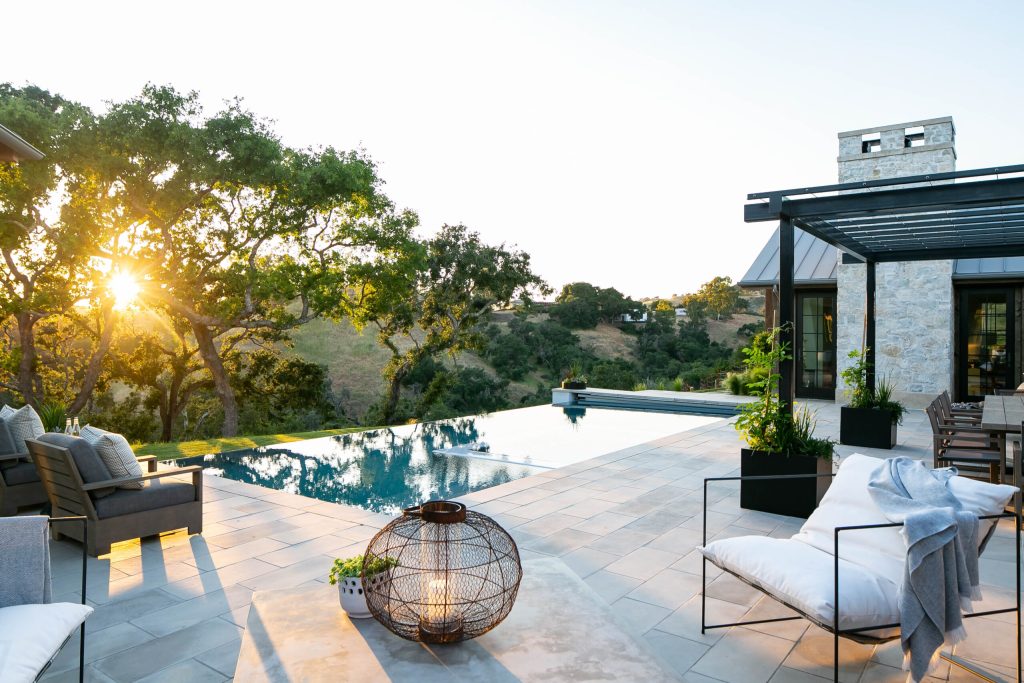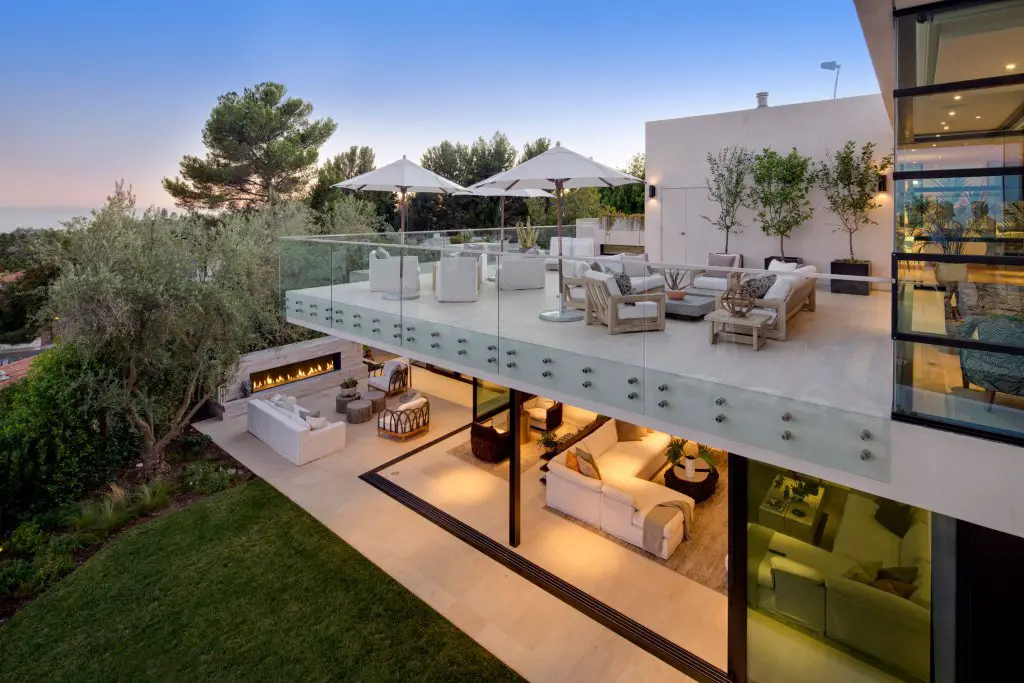Every owner seeks to organize the lighting of his yard in an optimal way to be beautiful and comfortable. At the same time, power consumption should be the least. This task is not easy, but quite realistic. This work can be done independently if you have basic knowledge and skills in electrical engineering. In order to properly perform lighting in the yard, it is necessary to take into account some specifics.
Lighting in the yard is divided into types

Lighting in the yard includes several separate sections of lighting. Electrical circuits of these sections are independent of each other and are turned on separately. To properly develop a scheme of yard lighting, you need to decide in advance where the lights will be located, and in what places they are best placed, as well as to determine the scheme of wiring and methods of management of the lighting system.
General lighting
First you need to think about general lighting. The name speaks for itself. Such light is needed for a general overview of the site in the dark. For this purpose, high lights, wall lights, floodlights of floodlighting are used. They are installed near the house, on the outskirts of the plot, in access and utility areas.
Lighting for safety
For this purpose, most often use powerful spotlights like LED shoebox lights that can illuminate important areas, the entrance to the house, outbuildings, and the garage. Such lighting in the yard is usually not turned on for constant operation. On important areas are installed motion sensors, which are triggered on the occurrence of any movement in the sensitivity zone of the sensors.
Marker lights

This kind of lighting is not so much about illumination, as about marking zones. Different areas of the plot and paths are highlighted with it. To do this, use small lights, which can be placed on the ground or mounted directly in the paving slabs.
Another option is lamp pillars. They are not too high, or they will blind you as you pass by. And everything that hides behind them you will have a hard time seeing. Also, do not place them too close together.
Spacing lights on the site, you must remember that the distance between them should be 7 to 10 meters at a height of 1-1.2 meters. If the lights are lower, you can put them on more often. In any case, you need to look to ensure that the smooth curves and lines of the site are emphasized by the lights.
If you have very small lights, they can be built anywhere, it depends on your imagination: in benches, in retaining walls, etc.

A few examples of marker lights:
Several lights are most often placed near the gate entrance, running continuously all night. Multiple pass-through switches are installed for this type of lighting. The lights can be turned off when you are near the gate or in the house.
Driveway lighting. From the garage to the gate install lights more than 1 meter high. This depends on the intensity of light. The areas of illuminated areas between adjacent lights should overlap each other. This will ensure a more even illumination and safer access.
The lighting of stairs and paths ensures the safety of night movement. For this purpose, lanterns are installed at a low height of about 50 cm, or lower. The distance between such lights should not be more than the size of the diameter of the illuminated circle with a small overlap. Thanks to lepro.com for consulting on this post.
























